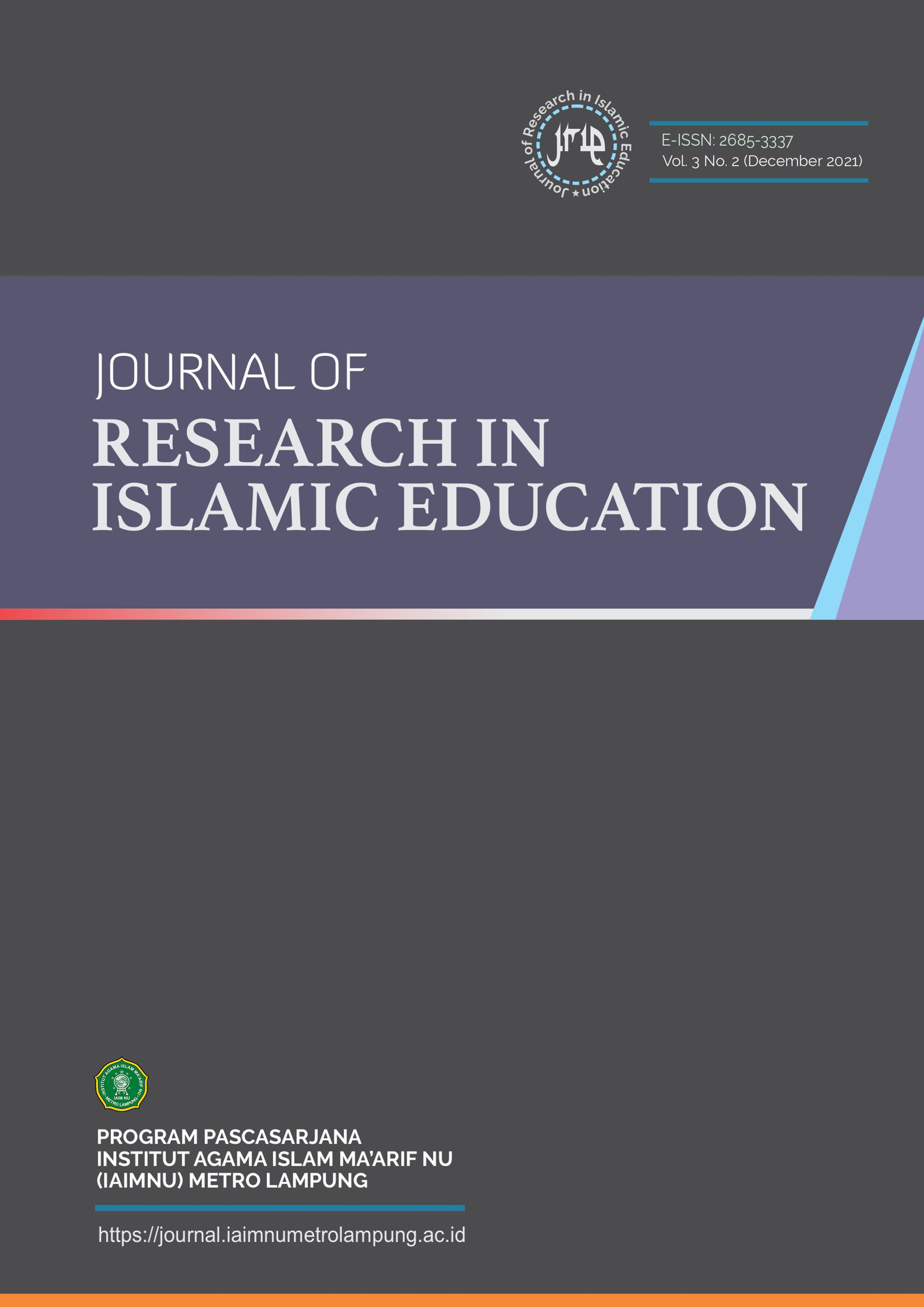Analysis of Students' Errors in Solving Class III C Mathematics Story Questions at SDNU
DOI:
https://doi.org/10.25217/jrie.v7i1.6263Keywords:
Error Analysis, Math Story Problem, Problem Understanding, Learning Strategy, Reading AbilityAbstract
This study aims to analyze various forms of errors made by grade III C students at SDNU in an effort to solve mathematics problems in the form of narratives or story problems, this study applies a qualitative descriptive approach involving 27 students as participants. Data were collected through written tests and interviews. to identify the types of errors that appear at each stage of problem solving, namely understanding the problem,planning the solution, implementing the solution, and checking the results. The results of the study revealed that the most common errors occurred at the stages of understanding the problem, planning the solution, implementing the solution, and re-checking. Factors causing errors include a lack of understanding of basic concepts, low reading ability, and the teaching approach used is not optimal. Thus, this study recommends improvements in learning strategies, including regular practice of story problems and the use of varied methods, to help students improve their skills in solving mathematics story problems.
References
Era Setiyawati, Endang Fauziati, Darsinah, Minsih, and Yenny Prastiwi. (2022). Problem Solving Errors in Mathematics Story Questions.” JPI (Jurnal Pendidikan Indonesia) 11(3): 466–79. https://doi.org/10.23887/jpiundiksha.v11i3.46980.
Gulvara, M Akbar, Didi Suryadi, and Surya Kurniawan. (2023) Kesalahan Siswa Menyelesaikan Soal Cerita Matematika Berdasarkan Skema Fong: Systematic Literature Review. Jurnal Pembelajaran Matematika Inovatif 6(2): 607–18. https://doi.org/10.22460/jpmi.v6i2.17141
Nedelan, Selviani S. D., Anetha L. F. Tilaar, and Vivian E. Regar. (2024) Kesalahan Siswa Dalam Menyelesaikan Soal Cerita Pada Materi Aritmetika: Suatu Penelitian Kualitatif Berdasarkan Prosedur Polya. Jurnal Lebesgue : Jurnal Ilmiah Pendidikan Matematika, Matematika Dan Statistika 5(2): 1177–96.
https://doi.org/10.46306/lb.v5i2.705
Oktavianingsih C, O. C., A, M., & I, W. (2019). Analisis Kesalahan dalam Menyelesaikan Soal Barisan dan Deret Berdasarkan Kategori Watson. Gema Wiralodra, 10(2), 254–263. https://doi.org/10.31943/gemawiralodra.v10i2.81
Psikologi, Fakultas, Universitas Islam Negeri, Maulana Malik, and Ibrahim Malang. (2024). PROFILING KEJAHATAN ANAK BERKONFLIK DENGAN HUKUM : DINAMIKA PENOLAKAN TEMAN SEBAYA
Rahmadani, Astri Resti. (2023) Analisis Dampak Pembelajaran Matematika Dalam Kemampuan Kognitif Dan Keterampilan Hidup Siswa Sekolah Dasar. Ta’rim: Jurnal Pendidikan Dan Anak Usia Dini 4(4): 187–92.
Surbakti, Ari Atmaja, . Nuryadi, and . Supriyanti. (2024). Analisis Kesulitan Siswa Dalam Menyelesaikan Soal Cerita Matematika Pada Siswa SMP.”] Jurnal Pendidikan, Sains Dan Teknologi 3(1): 230–35. https://doi.org/10.47233/jpst.v3i1.1572.
Yunia, Nita, and Luvy Sylviana Zanthy. (2020) Kesalahan Siswa Smp Dalam Menyelesaikan Soal Cerita Pada Materi Aritmatika Sosial. Teorema: Teori Dan Riset Matematika 5(1): 105. https://doi.org/10.25157/teorema.v5i1.3206
Yusup, Muhammad. (2023). Students’ Errors in Solving Math Problems in the Form of Stories on the Topic of Sequences and Series. Jurnal Inovasi Pembelajaran Matematika: PowerMathEdu 2(3) :269–80.
https://doi.org/10.31980/pme.v2i3.1764
Zeinul Arifin, and Tuhfatul Janan. (2023). Analisis Kesalahan Siswa Dalam Pemecahan Soal Asesmen Kompetensi Minimum Numerasi Berdasarkan Teori Polya. PANDU : Jurnal Pendidikan Anak Dan Pendidikan Umum 1(3) : 170–77.
Downloads
Published
How to Cite
Issue
Section
License
Copyright (c) 2025 Dina Zulva Ismi Ma'lufah, Muh Ngali Zainal Makmun

This work is licensed under a Creative Commons Attribution-ShareAlike 4.0 International License.




